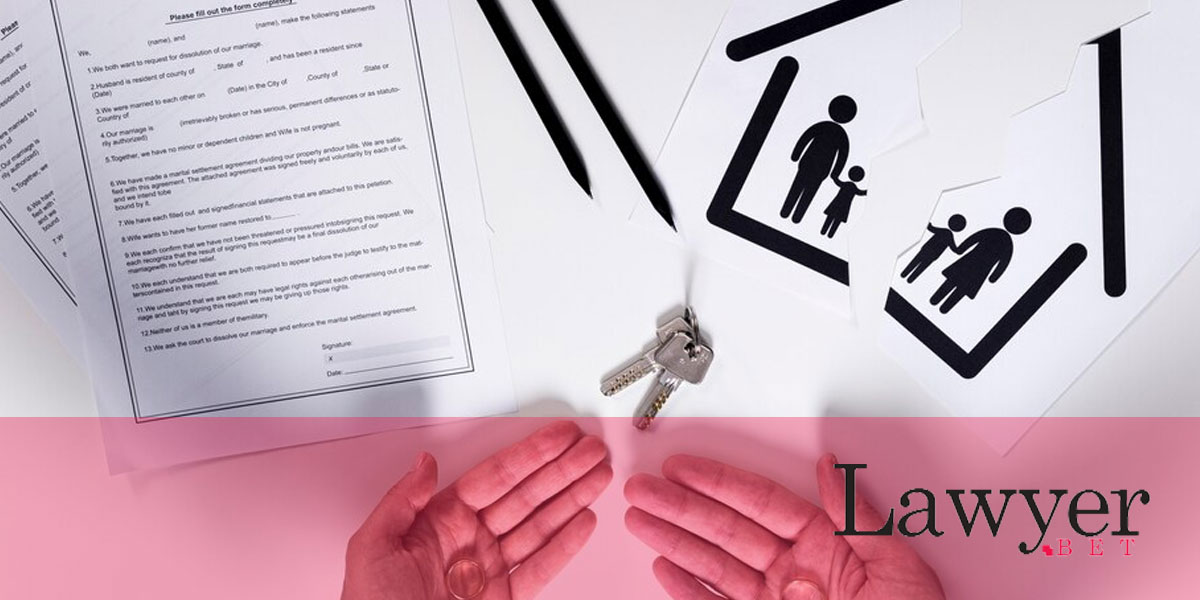Unlocking the Secrets: Who Really Owns Property in a Revocable Trust?
Understanding Revocable Trusts
A revocable trust, also known as a living trust, is a legal entity created to hold ownership of an individual’s assets. It is “revocable” because the trust can be altered or dissolved by the trustor at any time. The primary goal of a revocable trust is to manage the trustor’s assets during their lifetime and ensure a smooth transfer of property upon their death.
Key Players in a Revocable Trust
- Trustor: The person who creates the trust and transfers their assets into it.
- Trustee: The individual or entity responsible for managing the trust. The trustor usually serves as the trustee during their lifetime.
- Beneficiaries: The individuals or entities who will receive the assets upon the trustor’s death.
Who Owns the Property in a Revocable Trust?
A common question among those considering forming a revocable trust is, “Who really owns the property placed in the trust?” While the property is legally held by the trust, the trustor retains full control over the assets.
Legal Ownership
Technically, the trust itself holds the legal title to the property. However, as the trustor, you still have the authority to manage, buy, sell, or transfer the property as you see fit. This means that even though the trust “owns” the assets, you maintain full control over them.
Practical Ownership
Practically speaking, you are seen as the owner of the property for all intents and purposes. You still live in your house, spend your money, and manage your investments. The primary difference is that your assets are now legally part of the trust.
Benefits of a Revocable Trust
Avoiding Probate
One of the main benefits of a revocable trust is that it helps avoid the probate process, which can be lengthy and costly. Since the trust owns the property, there is no need to go through probate to transfer assets to beneficiaries upon the trustor’s death.
Privacy
Probate records are public, meaning anyone can access the details of your estate. In contrast, a revocable trust is a private document. This keeps the distribution of your assets confidential.
Flexibility
Because the trust is revocable, you can make changes or dissolve it altogether if your circumstances or preferences change. This flexibility makes revocable trusts a popular choice.
| Advantages | Description |
|---|---|
| Avoiding Probate | Streamlines asset transfer, saving time and money. |
| Privacy | Keeps estate details confidential and out of public records. |
| Flexibility | Allows changes or dissolution as needed. |
Practical Tips for Creating a Revocable Trust
Choose a Reliable Trustee
Select someone you trust implicitly to manage your assets. This is often the trustor themselves while they are alive, but a successor trustee should also be chosen carefully.
Clearly Define Terms
Be explicit in your trust document about how you want your assets managed and distributed. This helps prevent confusion and disputes among beneficiaries.
Regularly Review Your Trust
Life changes such as marriage, divorce, birth, or death can affect the provisions of your trust. Regularly review and update your trust to reflect your current wishes.
Case Studies and First-Hand Experiences
Case Study: The Smith Family
The Smith family created a revocable trust to ensure their assets were managed according to their wishes and to provide for their children. When Mr. Smith passed away, the trust seamlessly transferred the family’s home and investments to Mrs. Smith, who continued to manage the assets without going through probate. Upon Mrs. Smith’s death, the remaining assets were distributed to their children, just as they had planned.
First-Hand Experience: Avoiding Probate Hassles
John, a retired attorney, shares his personal experience: “Creating a revocable trust was one of the best decisions my wife and I made. When she passed away, I was able to manage our assets without dealing with probate court. It was a relief during such a difficult time.”
FAQs About Revocable Trusts
What happens to the property in the trust upon the trustor’s death?
Upon the trustor’s death, the property in the trust is transferred to the designated beneficiaries according to the terms of the trust. The process is generally quicker and easier than probate.
Can a revocable trust be contested?
Yes, like any estate planning document, a revocable trust can be contested. However, because the trust is a private document, the process is typically more difficult and less public than contesting a will.
Do I still need a will if I have a revocable trust?
Yes, it’s a good idea to have a “pour-over will” that captures any assets not placed in the trust and directs them to the trust upon your death. This ensures all your assets are included and managed according to your wishes.
Conclusion
Understanding who owns property in a revocable trust and the benefits it provides can be crucial for effective estate planning. By considering the nuances of trust ownership and following practical tips, you can ensure your assets are well-managed and seamlessly transferred to your beneficiaries.
Estate planning often involves considering various tools, and one of the most favored options is a revocable trust. This type of trust offers a significant advantage: it facilitates the smooth transfer of assets to beneficiaries upon the trust creator’s death, bypassing the probate process. However, the concept of property ownership within a revocable trust can be perplexing. This article aims to demystify the ownership of property in a revocable trust and provide a comprehensive understanding of its workings.
What is a Revocable Trust?
To grasp the nuances of property ownership in a revocable trust, it’s essential first to understand what a revocable trust entails. Also known as a living trust, a revocable trust is a legal arrangement established during the grantor’s (trust creator’s) lifetime. The grantor transfers their assets into the trust and appoints beneficiaries who will inherit these assets upon the grantor’s death. A distinctive feature of a revocable trust is that the grantor retains the authority to alter or dissolve the trust while they are alive.
Property Ownership Dynamics in a Revocable Trust
When a grantor places property into a revocable trust, the trust itself becomes the legal owner of that property. Although the grantor no longer holds direct ownership, they maintain control over the trust and can manage the assets within it. This means the grantor can buy, sell, or handle the assets in the trust as they wish during their lifetime.
Role of Beneficiaries
While the grantor exercises control over the trust assets during their lifetime, these assets are transferred to the designated beneficiaries upon the grantor’s death. This transfer occurs without the need for probate, which can be both time-saving and cost-effective for the beneficiaries. This efficient transfer process is a primary advantage of a revocable trust.
Handling Real Estate in a Revocable Trust
Real estate is a common asset transferred into a revocable trust. When real estate is placed in the trust, the trust becomes the legal owner. The grantor can continue to reside in or use the property, but legally, it belongs to the trust. Upon the grantor’s death, the property is passed on to the beneficiaries as specified in the trust document.
Advantages and Practical Advice
Placing property in a revocable trust offers several benefits, such as avoiding probate, maintaining privacy (since trust documents are not public records like wills), and ensuring a smooth transfer of assets to beneficiaries. Here are some practical tips for managing property within a revocable trust:
- Ensure that assets are correctly titled in the name of the trust to include them in the trust.
- Regularly review and update the trust document to reflect any changes in assets or beneficiaries.
- Seek advice from a qualified estate planning attorney to ensure the trust is properly set up and tailored to your needs.
Illustrative Case Studies
To better understand how property ownership in a revocable trust functions, let’s examine a couple of case studies:
| Case Study 1 | Case Study 2 |
|---|---|
| John establishes a revocable trust and transfers his home into it. His children are named as beneficiaries in the trust document. Upon John’s death, the home is transferred to his children without undergoing probate. | Emily creates a revocable trust and places her investment portfolio into it. She continues to manage the investments during her lifetime. After Emily’s death, the investments are distributed to her grandchildren as outlined in the trust document. |
Personal Experiences
Many individuals who have incorporated a revocable trust into their estate planning have found it to be an invaluable tool for asset management and distribution. By comprehending how property ownership operates within a revocable trust, individuals can ensure their assets are safeguarded and efficiently passed on to their loved ones.
while the concept of property ownership in a revocable trust may appear complex, with proper guidance and understanding, it can be a straightforward and effective method for managing assets during and after one’s lifetime. By consulting with an estate planning attorney and meticulously planning the transfer of assets into a revocable trust, individuals can be confident that their wishes will be honored according to their intentions.
The post Unraveling the Mystery: Ownership of Property in a Revocable Trust Explained appeared first on lawyer.bet.




